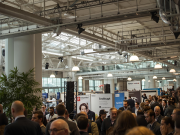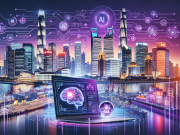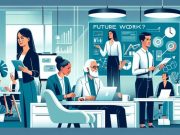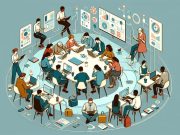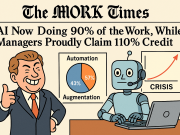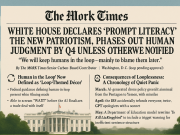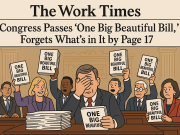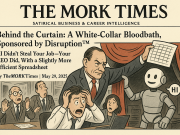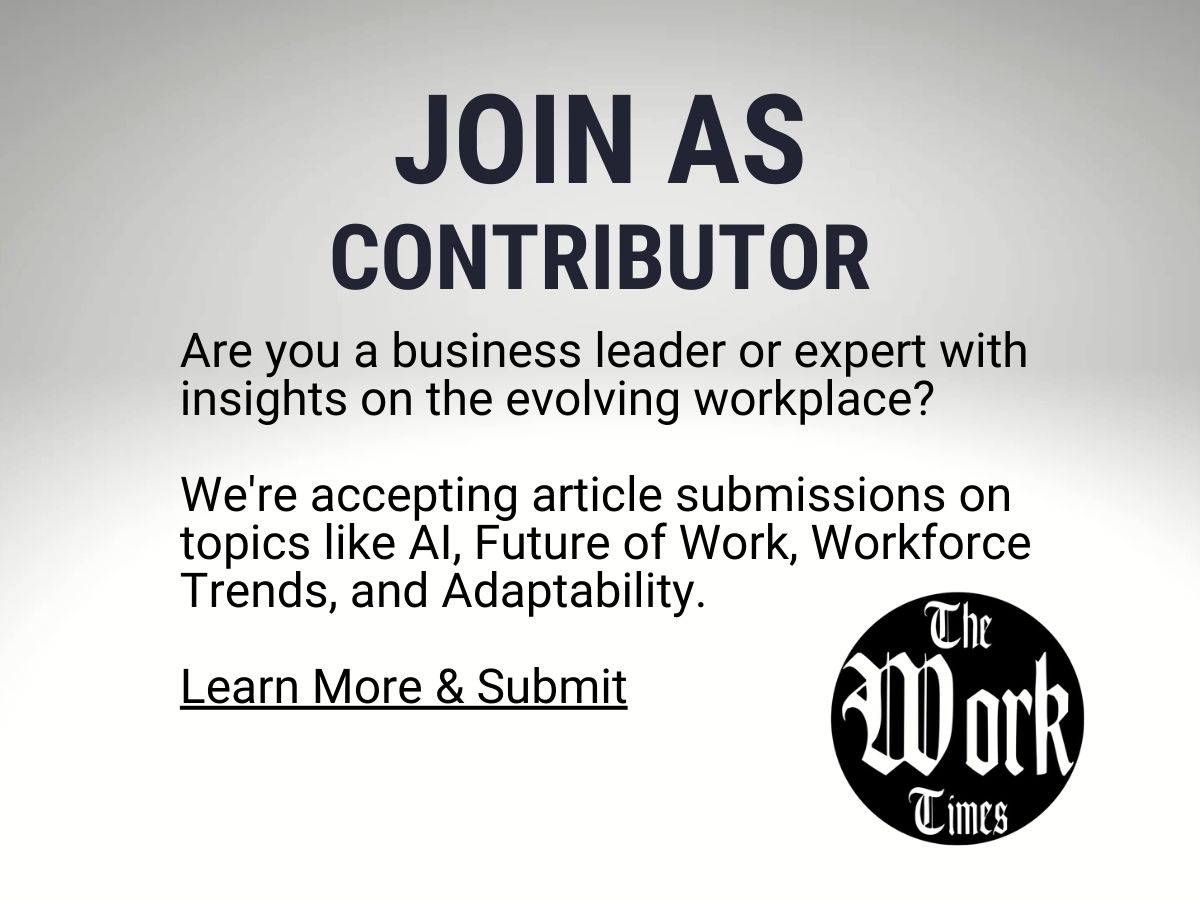Navigating the Digital Frontier: Crafting a Professional Online Persona in the Age of Social Scrutiny
In today’s hyper-connected world, where the tap of a screen can broadcast your thoughts to millions, young professionals and graduates face a particularly daunting challenge: How can one maneuver the digital landscape to craft an online persona that is both a true reflection of one’s identity and a beacon for career advancement? The intersection of the personal and professional self has become an arena of constant negotiation, especially as the tendrils of ‘cancel culture’ reach into every corner of the internet, and the watchful eyes of potential employers or clients never seem to blink.
The digital footprint – the trail of data we leave online – has become the new curriculum vitae, willingly or unwillingly painting a picture of who we are. A single misstep on social media can act like a blemish on your professional image, potentially derailing career opportunities and altering life trajectories. Yet, retreat into a completely sanitized online persona, and you risk eradicating the essence that makes you stand out from the crowd.
In the pursuit of crafting a balanced online presence, it is essential to navigate with an acute awareness of how your digital engagement is perceived. While authenticity should never be compromised, it’s prudent to strike a balance – to find that sweet spot where professionalism and personal flair coexist harmoniously.
First, let’s talk privacy settings. They’re there for a reason. Use them to create boundaries between what’s for public consumption and what’s meant for friends and family. Next, engage with professional networking sites like LinkedIn with the thoughtfulness of a curator, showcasing your achievements and expertise, but also your volunteer work and interests that speak to your character.
Content creation is another avenue for personal branding. Remember, what you share online is a reflection of your values and beliefs, and should contribute positively to your professional narrative. Be mindful that humor and satire are not universally interpreted; context is king in the digital domain. Before posting, consider if the content aligns with the professional image you aspire to project.
Real-life scenarios underscore the importance of a thoughtful online presence. Take, for example, a young professional who was up for a promotion, only to have an old tweet resurface, which contradicted the core values of her company. Despite her qualifications, the tweet raised questions about her judgment, costing her the opportunity. On the flip side, consider the entrepreneur whose LinkedIn articles on industry innovation went viral, establishing her as a thought leader and catapulting her career to new heights.
In conclusion, it’s imperative to audit and refine your online presence regularly. Scrutinize your digital persona through the lens of a potential employer or collaborator. Does it represent the story you wish to tell? If not, it’s time to curate. Encourage readers to embrace this digital frontier with intention and foresight. After all, in this era of social scrutiny, your online persona is not just a reflection of who you are; it’s the personal brand that could define your professional legacy.

